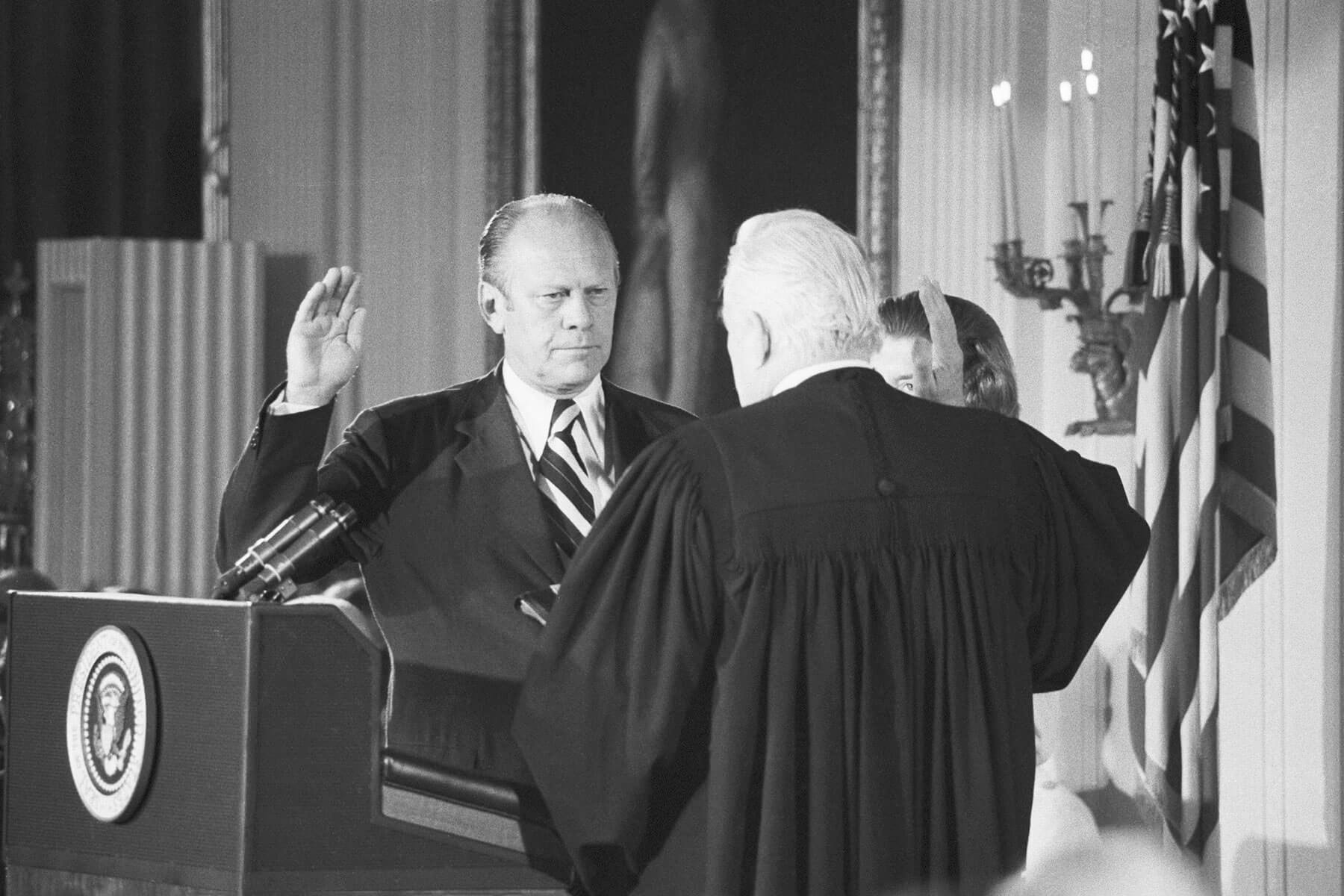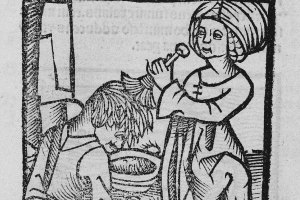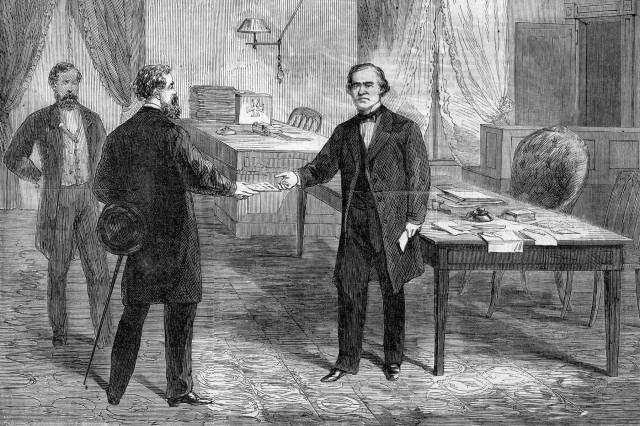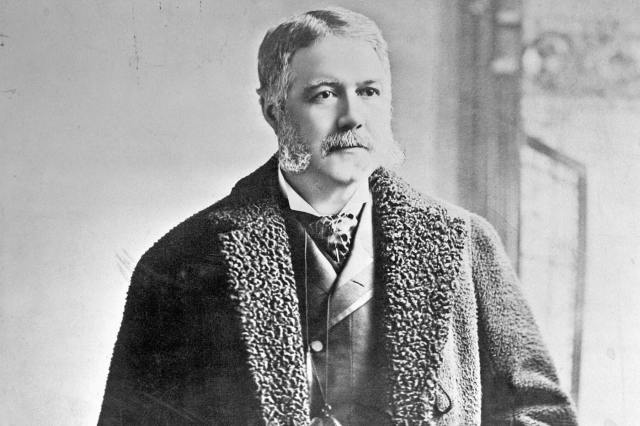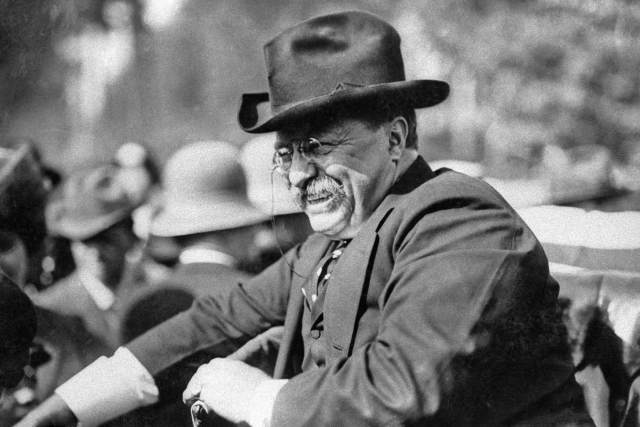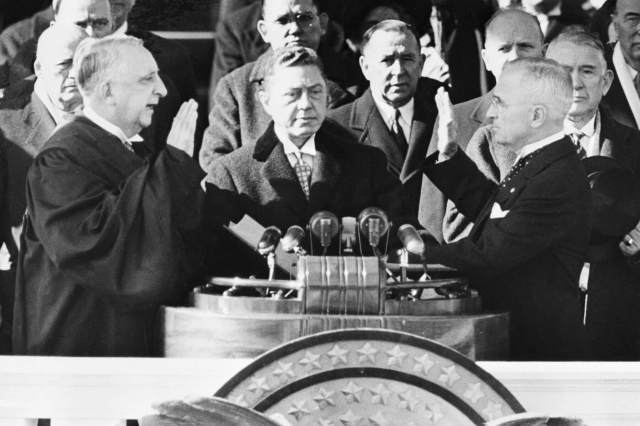9 Facts About the Vice Presidents Who Succeeded to the Presidency
In the United States presidential line of succession, it falls to the Vice President to succeed to the presidency if their predecessor is no longer able to carry out the duties of the office. This has happened nine times in the history of the country, under a wide variety of circumstances. Some Vice Presidents, such as Calvin Coolidge, succeeded to the top spot during a time of relative peace and economic prosperity. Others, such as Harry Truman, were appointed to the office in a climate of war and political turmoil. Vice Presidents only inherit the presidency under unusual circumstances, and each instance is unique. Here are nine facts about the U.S. Vice Presidents who have succeeded to the presidency.
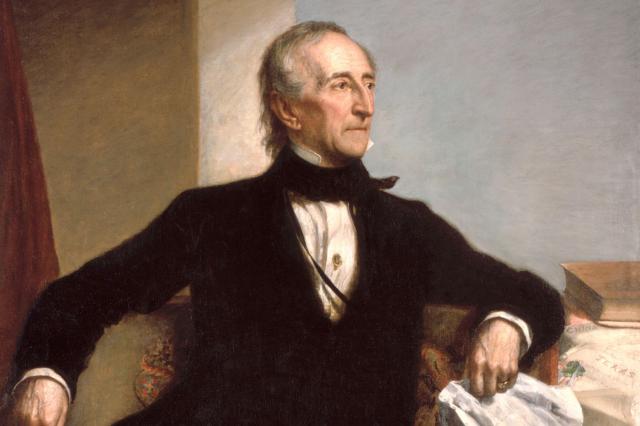
John Tyler Was Nicknamed “His Accidency”
John Tyler was elected Vice President in 1840 as the running mate of William Henry Harrison. Unfortunately, Harrison’s administration did not last long: The President died in 1841 just 31 days after taking office, which meant Tyler quickly found himself the nation’s commander in chief. Tyler’s presidency was marked by tension with his own Whig Party. He vetoed bills proposed by Whig leaders in Congress and began to advocate for policies that broke with the Whig Party line. As a result, the Whigs expelled President Tyler from their party, and some even called for his impeachment on the grounds that he had abused his veto power. To further disparage Tyler, his political critics saddled him with the nickname “His Accidency,” a pejorative reference to the fact that he had become President through chance, and was never elected to the office.
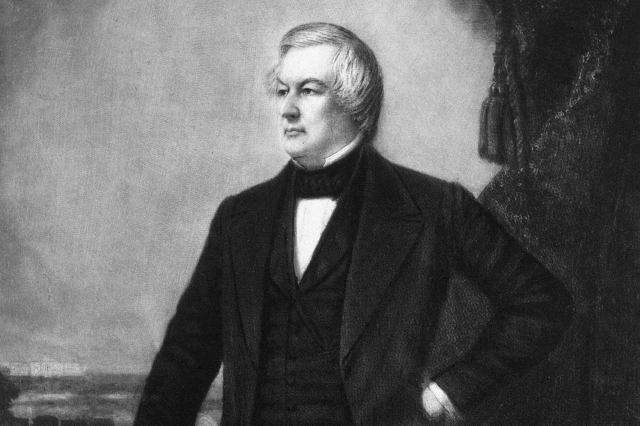
Millard Fillmore Was the Last President Who Was Not a Democrat or a Republican
When Vice President Millard Fillmore ascended to the presidency in 1850, after his predecessor Zachary Taylor died following a mysterious illness, he did so as a member of the Whig Party, which was founded in 1830 to oppose the policies of then-President Andrew Jackson, a Democrat. President Fillmore proved to be the last Whig Party member to become President of the United States. The party largely disbanded a year after his administration ended in 1853, with many of its anti-slavery members branching off to form the Republican Party. In fact, Fillmore was the last U.S. President to belong to neither of the two major parties that continue to dominate American politics today. Fillmore’s successor, Franklin Pierce, was a Democrat, and every U.S. President since has been either a Democrat or a Republican.





